Peppermint, uses and contraindications, recipes for oil, decoction, tincture
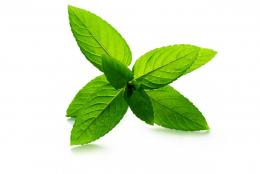
Peppermint is a perennial plant widely known for its characteristic fresh smell. This variety of mint is a hybrid variety cultivated for medicinal use.
It is about the beneficial properties of the plant that will be discussed, how peppermint is used and what contraindications to its use should be taken into account by lovers of treatment according to traditional medicine recipes.
Content:
- Growing Peppermint
- What beneficial substances does it contain?
- Indications for use of peppermint
- What properties do mint decoction and tea have?
- Preparation and use of peppermint tincture
- How to use peppermint oil
- Peppermint use and contraindications for women
- General contraindications
Growing Peppermint
Wild varieties are essentially weeds. Its cultivated variety, peppermint, is the absolute record holder for menthol content. This chemical composition determines not only a wide range of its use in medicine, but also a number of contraindications.
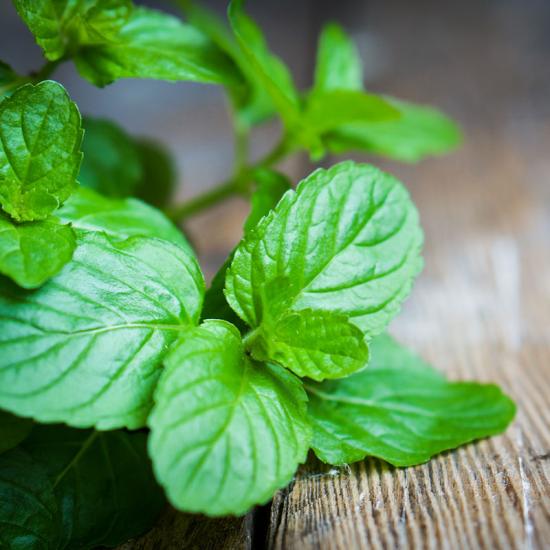
The wild variety mainly grows in marshy areas, on banks and other places with permanently damp soil. Peppermint, like its wild ancestors, loves moisture. The ideal soil for planting cuttings is lime clay.
An interesting fact is that the cultivated variety practically does not produce viable seeds.That is why it is almost impossible to meet her away from people.
Once released into the wild, the hybrid gradually returns to its original wild appearance.
Peppermint propagation carried out vegetatively - by planting particles of rhizomes, seedlings or cuttings. The best time to transplant is spring or early autumn.
What beneficial substances does it contain?
The main medicinal substance of peppermint is menthol. This medicinal substance makes up 50 to 80% of the structure of the plant. It contains large amounts of ascorbic acid, rutin, carotene and other vitamin compounds. Its composition is rich in microelements.
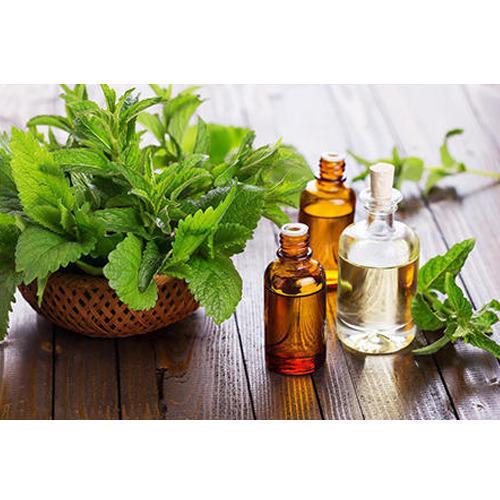
Mint flowers and leaves contain in large quantities:
- potassium,
- magnesium,
- calcium,
- sodium,
- iron,
- phosphorus.
The chemical composition makes this plant extremely useful for treating diseases of the gastrointestinal tract, relieving heart attacks, relieving pain and nervous tension.
Peppermint can be used with equal effectiveness both in the form of a decoction, tea or tincture, and in pharmaceutical forms.
Indications for use of peppermint
Menthol has analgesic, antiseptic and anti-inflammatory properties. Applied to the skin or mucous membrane, it narrows the blood vessels located close to the surface and dilates the internal ones.
Preparations based on mint are very effective. to eliminate the following problems with the gastrointestinal tract:
- enteroclitus;
- flatulence;
- nausea;
- vomit;
- increased acidity;
- gastritis;
- spasms of the intestines and biliary tract;
- weak peristalsis;
- lack of appetite.
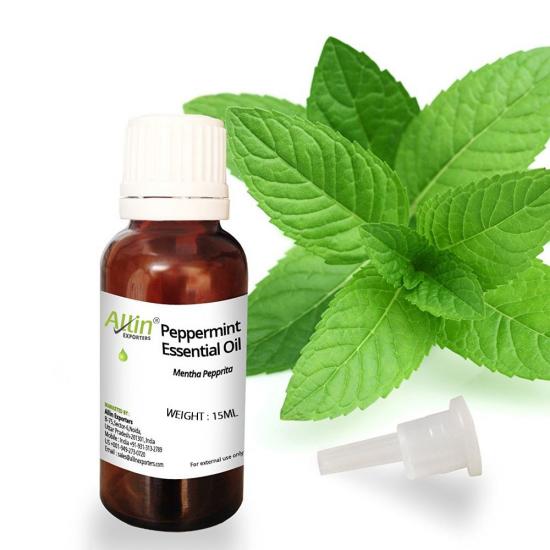
Menthol is widely used to relieve pain in the heart area.This substance is the main active component of validol, valocordin and other cardiac drugs.
This medicinal plant is used to treat kidney and liver failure, rhinitis, tonsillitis, tonsillitis, and acute respiratory viral infections.
The antiseptic and astringent properties of this plant are used in cosmetology and dermatology.
Lotions with tincture effectively tone the skin, relieve irritation and itching.
What properties do mint decoction and tea have?
Decoction and tea from peppermint leaves is an ideal remedy for normalizing the functioning of the gastrointestinal tract. It should be noted that regarding this plant, the points of view of traditional and folk medicine do not differ.
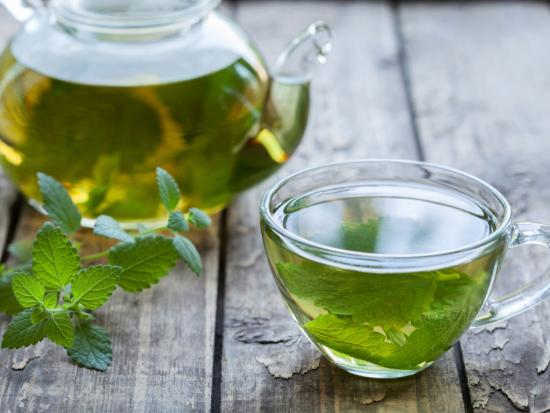
During treatment, it is important to take into account the specifics of the disease and apply additional therapeutic measures.
So, for example, to reduce acidity, St. John's wort, yarrow and bean should be added to a decoction of peppermint leaves, and to increase it, the effect of the decoction is enhanced by enriching it with chamomile, dill, cumin, valerian, knotweed and hops.
A decoction of the leaves of the plant taken daily on an empty stomach helps improve digestion and gives the skin a fresh, healthy appearance. It should be drunk warmed to room temperature, in small sips.
Peppermint tea helps with decreased vitality, attacks of nausea, and rapid heartbeat.
Doctors recommend drinking it either in the morning or in the evening before bed.
Thanks to its antiseptic properties, mint decoction refreshes the oral cavity well. Daily rinsing of the mouth helps to destroy pathogenic bacteria, the activity of which provokes the appearance of an unpleasant odor.
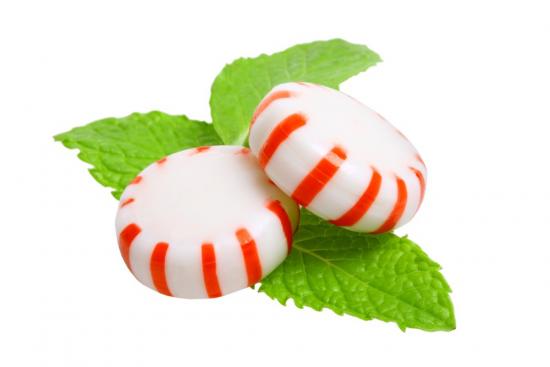
To treat acute respiratory diseases, doctors recommend adding a small amount of honey to the decoction or tea. This combination enhances the therapeutic effect of both drugs.
A decoction of mint leaves can be used for bathing. In addition to its beneficial effects on the skin, mint relieves joint pain caused by arthritis, arthrosis, and gout.
We invite you to watch a video about the beneficial properties of peppermint:
Preparation and use of peppermint tincture
There are 2 types of tinctures:
- alcohol - 100 g of dried or fresh leaves are poured with 75% alcohol and left for 10-14 days in a cool, dark place. The resulting drug should be used three times a day, 20-25 drops. This helps improve the functioning of the digestive system and strengthen the immune system. Also, alcohol tincture is good at relieving spasmodic pain, and when applied externally, it treats skin rashes;
- water - 1 tablespoon of dry herb is poured with 200 g of boiling water. The composition is infused in a water bath for 20 minutes. Then the tincture needs to be cooled and strained. The drug should be taken 3 times a day, 50 ml 15-20 minutes before meals. The effect of this medicine is identical to the alcohol infusion.
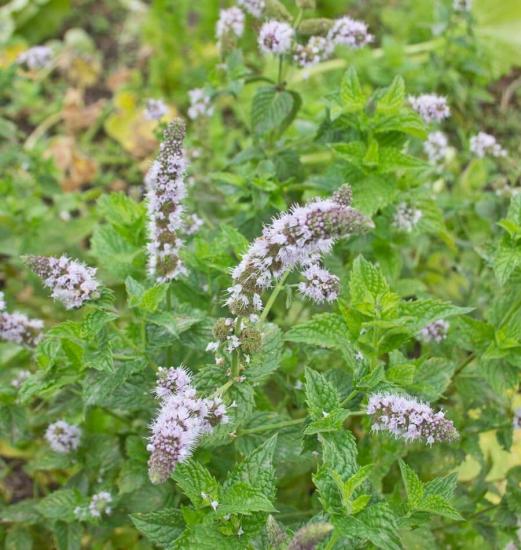
A water tincture is used if it is impossible to use alcohol-containing preparations. This applies to young children, pregnant and breastfeeding women, and people who want to get rid of alcohol addiction.
How to use peppermint oil
Essential oil is widely used in dental prevention. Toothpastes, powders, and elixirs have been created on its basis.This is an indispensable assistant for preparing homemade cosmetic products: soaps, lotions, rubs, creams, masks, balms.
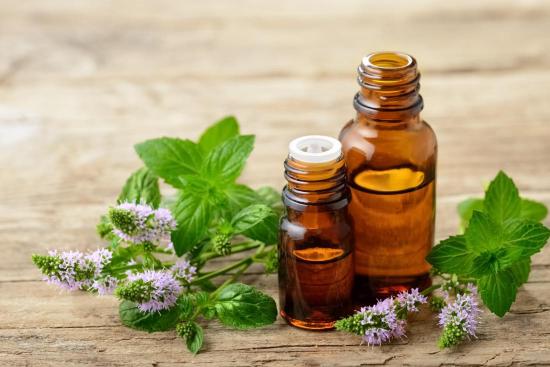
An aroma lamp filled with mint oil effectively disinfects the air. Peppermint oil is also used to treat insect bites, burns and various skin rashes.
Peppermint: uses and contraindications for women
Mint is also used to treat specifically female diseases, such as cervical erosion. The tincture is used for external treatment of pathologies. To obtain the medicine, you need to mix the leaves of the plant and ethyl alcohol in a ratio of 1:10.
The solution should be infused for 5 days. After this, strain, add an equal amount of sunflower oil and evaporate the alcohol using a water bath.
There are also contraindications for taking mint by women of fertile age. If a woman has certain difficulties conceiving, the use of “mint” drugs can aggravate the situation.
General contraindications
This plant is harmless. If the dosages recommended by the instructions or the attending physician are followed, the risk of any adverse reactions in the patient is very small.
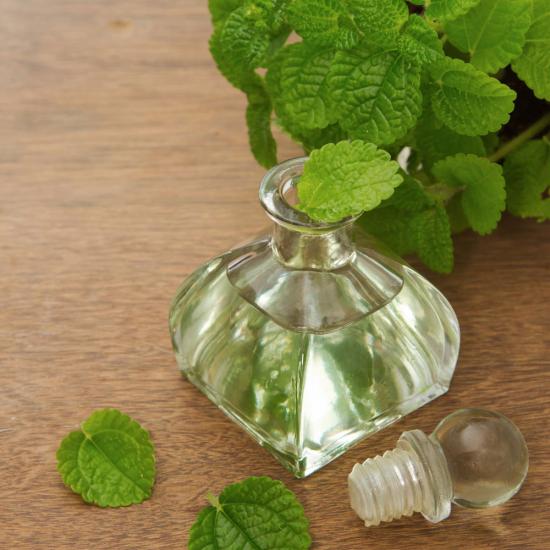
However, in some cases you should treat mint with caution. We are talking about situations that require increased concentration, for example, driving a car. Tea or a decoction of the leaves can cause increased drowsiness and cause a subsequent accident.
It is strictly not recommended to give mint in any form to children under 3 years of age.
Nursing mothers should also avoid taking mints. Older children should be given teas and decoctions with a reduced concentration of this medicinal plant.Men should not abuse mint-based medications. An excess of its active components leads to a decrease in sexual activity.
This medicinal plant is contraindicated for people with low blood pressure and patients suffering from varicose veins. This is due to the fact that it reduces the tone of blood vessels. However, for varicose veins, external use of the tincture in the form of compresses is allowed.
Individual intolerance and a tendency to allergic reactions are another reason for refusing to use menthol-containing medications. You should not use the plant constantly.
Long-term use is addictive, and further use of this medicinal plant will be ineffective.
Peppermint is an effective, safe and affordable remedy used in both traditional and folk medicine. In addition to its undoubted healing qualities, the plant has a unique fresh taste and aroma, which allows the patient to easily tolerate the recommended treatment.
Find out how to properly store mint prepared for the winter:

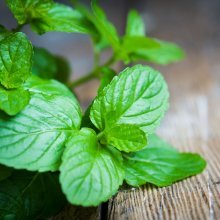

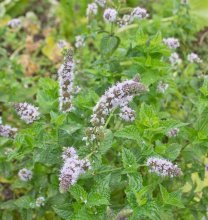
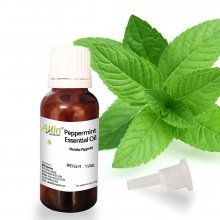
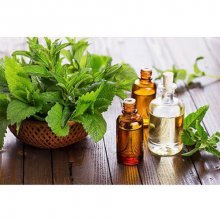
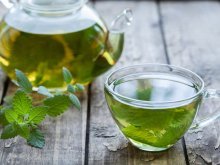
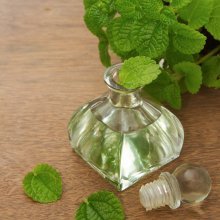
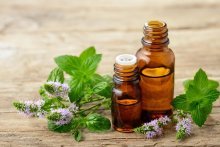
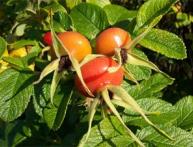
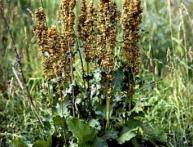
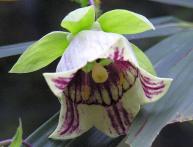
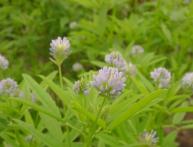

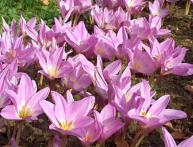

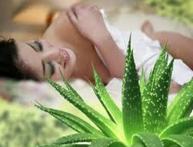
Comments
Mint has a very good effect on the nervous system and calms a person, so you can drink its tea regularly, but sometimes take breaks and alternate with regular tea so as not to harm the body.
Previously, I often used the leaves of this plant as an additive when brewing tea. Now for some reason I have become absolutely indifferent to it, and its taste and smell are more likely to cause irritation than to calm.
We grow mint in the garden and sometimes add its leaves to tea or when making compote. Tea with mint turns out very tasty, with the freshness of menthol. The drink has such an invigorating taste.